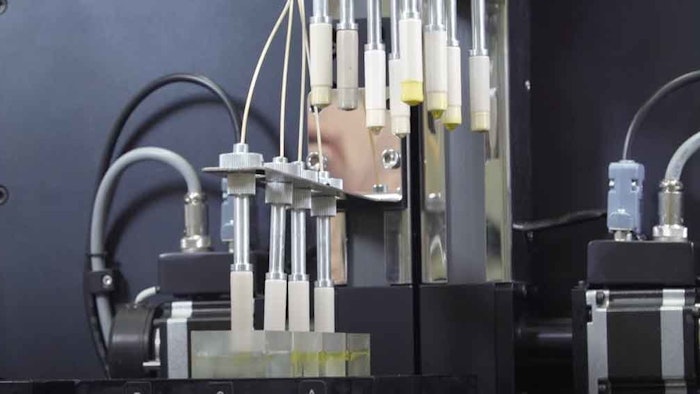
Researchers from the University of Waterloo may have just re-written the rules for encapsulation. They have invented a simple and reportedly low-cost method for accurately encapsulating a liquid core material with a thin liquid film(s) with controllable thickness — by exploiting liquid-liquid interfacial energy differences.
The method reportedly enables a wide range of 'core-shell' combinations and enables the design of surface-active, multi-layered (liquid/solid/colloid) capsules, which enables maximum flexibility in designing unique capsules."
It is well-known that encapsulation is important in a wide range of industries including cosmetics and personal care, pharma, food and beverage, etc. It protects core materials against environmental insults and/or enables their timely release to a targeted area.
Conventionally, encapsulation has been achieved using a thin coating of polymers, nanoparticles, surfactants and/or powders around a core material, or by wrapping it in a thin, flexible solid polymer sheet. Per the university, however, these methods have limitations such as reduced cargo volume, and challenges in controlling the thickness and/or functional properties of the encapsulating layer(s), among others.
The new process, known as a liquid-liquid encapsulation system, introduces a drop of core material through a nozzle, which impacts on a host bath containing a floating shell layer on the surface. When the core material interacts with the shell layer, it encapsulates it and stably safeguards it.
The method reportedly enables a wide range of “core-shell” combinations and enables the design of surface-active, multi-layered (liquid/solid/colloid) capsules, supporting maximum flexibility in designing unique capsules.
“The key to this technology is that everything is in liquid state – the core, the shell and finally submerged inside a liquid bath," said Sushanta Mitra, Ph.D., executive director, Waterloo Institute for Nanotechnology and professor of mechanical and mechatronics engineering at the university. "This provides extraordinary flexibility in terms of core shell combinations. At least 15 of these types of combinations have already been demonstrated."
Mitra added that the process is ultra fast. "[E]ach encapsulation tak[es] only 50 milliseconds. This technology is at least 5,000 times less energy intensive [than conventional encapsulation] and it avoids the introduction of any microplastics in the encapsulation process.”
This technology could be useful in the nutraceutical, pharmaceutical, food and beverage, cosmetic and personal care industries. For example, per the university, the use of soft gel filling encapsulation machines in the nutraceutical industry could reduce operating costs and expand the development and production of new products since multiple core materials can be encapsulated and delivered in the same parcel.
Update: In terms of personal care, Mitra told C&T: “Currently, collagen capsules are manufactured using soft-gel encapsulation. Our innovative liquid-liquid encapsulation can scale-up such capsule production without the need of any microplastics in shell material. Also, this technology can be used for shampoos and facial scrubs where applied pressure (by hand) can release functional ingredients."
Mitra and his team have reportedly developed a robust prototype system with four injection nozzles that can deliver up to 200,000 cargo-containing encapsulates in one hour. In addition, they are working with partners and product manufacturers in the Netherlands to integrate the curing stage so the encapsulated cargo could be extracted as individual capsules on demand if needed.
“In the end we strive toward being a sustainable and innovative encapsulation entity that meets the UN sustainable development goals,” Mitra said.










